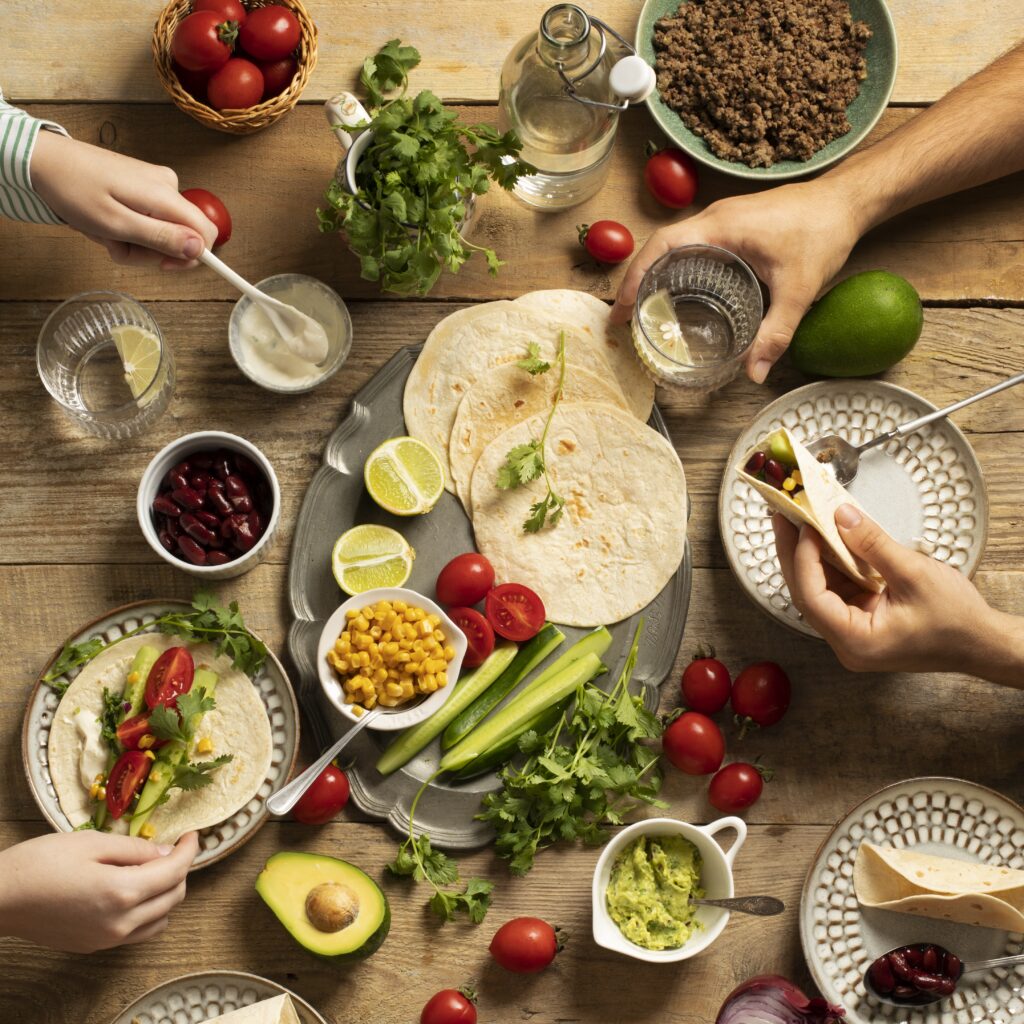Lard in world cuisines – do only Poles appreciate it?
Interesting facts, Tips
Lard is often associated with traditional Polish cuisine – a slice of bread with a pickled cucumber and a generous portion of aromatic lard with cracklings. However, this animal fat is not exclusively a Polish specialty. Various countries also use it in their culinary traditions, albeit in slightly different forms.
In German-speaking countries, Schmalz is popular, often served in taverns as a snack with bread, much like in Poland. It is sometimes flavored with onions, apples, or herbs and is considered a traditional accompaniment to beer.
In Andalusia, pork lard, known as manteca, has been used for centuries in baking. It is thanks to this lard that traditional mantecados cookies achieve their crumbly texture and unique consistency.
In Mexican cuisine, lard is a key ingredient in preparing dough for tamales and authentic tortillas. It adds flexibility and flavor that cannot be replaced by vegetable oil.
Although lard had a bad reputation in the United States for many years, it is now making a comeback as a natural, traditional fat. It is increasingly used in baking and frying, appreciated for its culinary qualities and stability at high temperatures.
While in Poland lard is a symbol of rural and festive cuisine, it also plays an important role in many other countries – from bread with lard in Germany, to Spanish pastries, to Mexican tamales. It is safe to say that lard is a universally significant culinary ingredient, and Poles are by no means the only ones who appreciate it.
